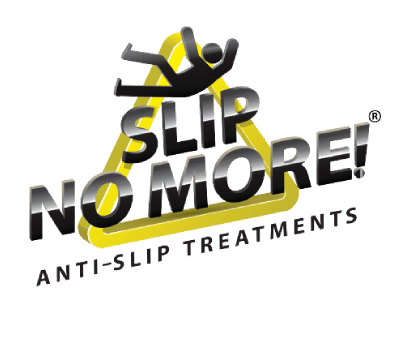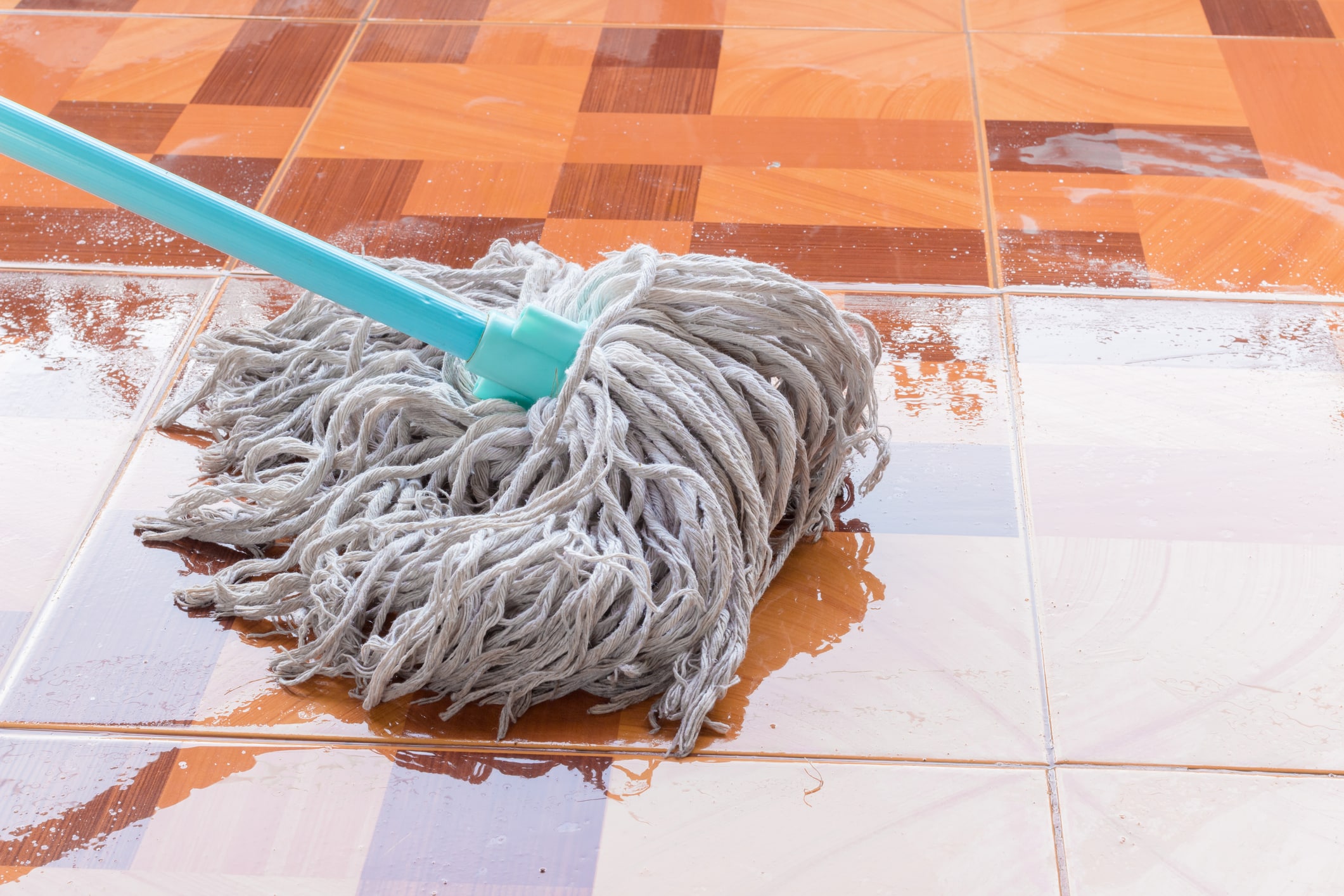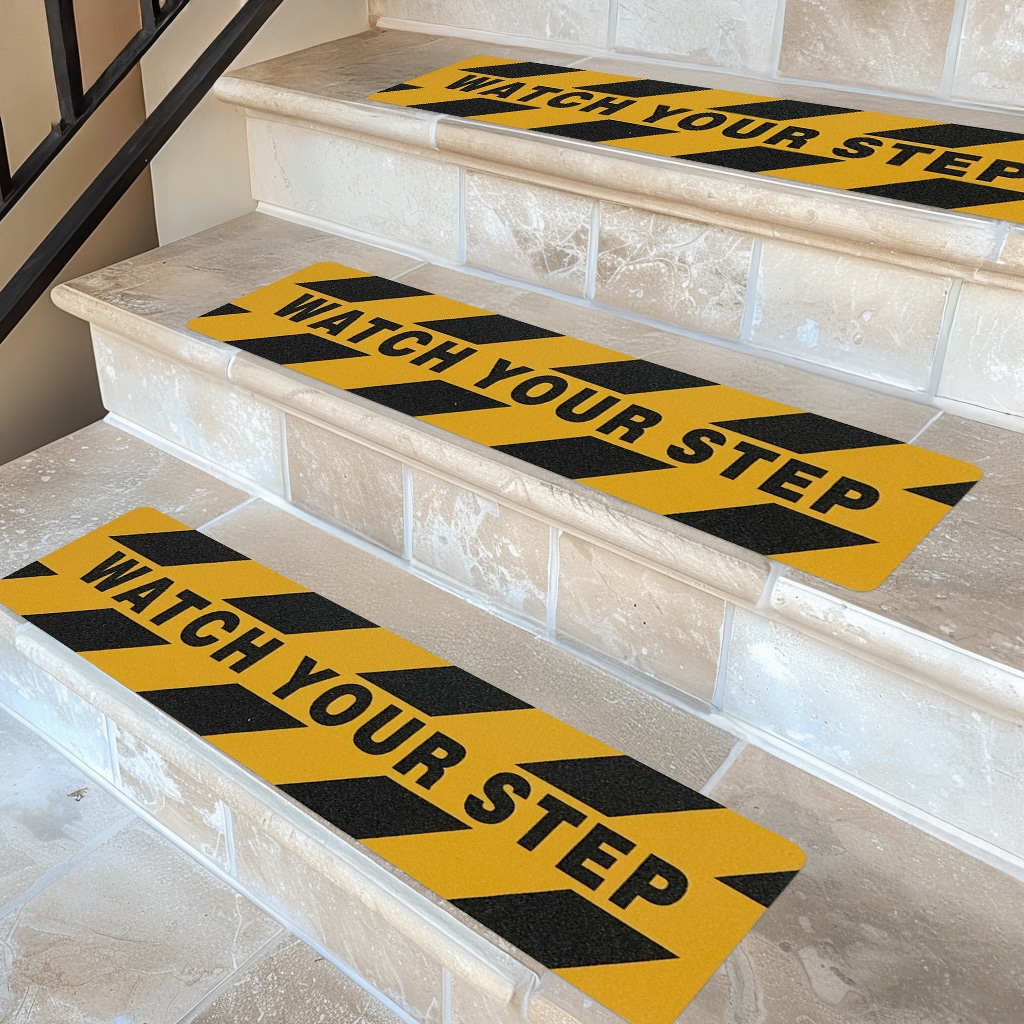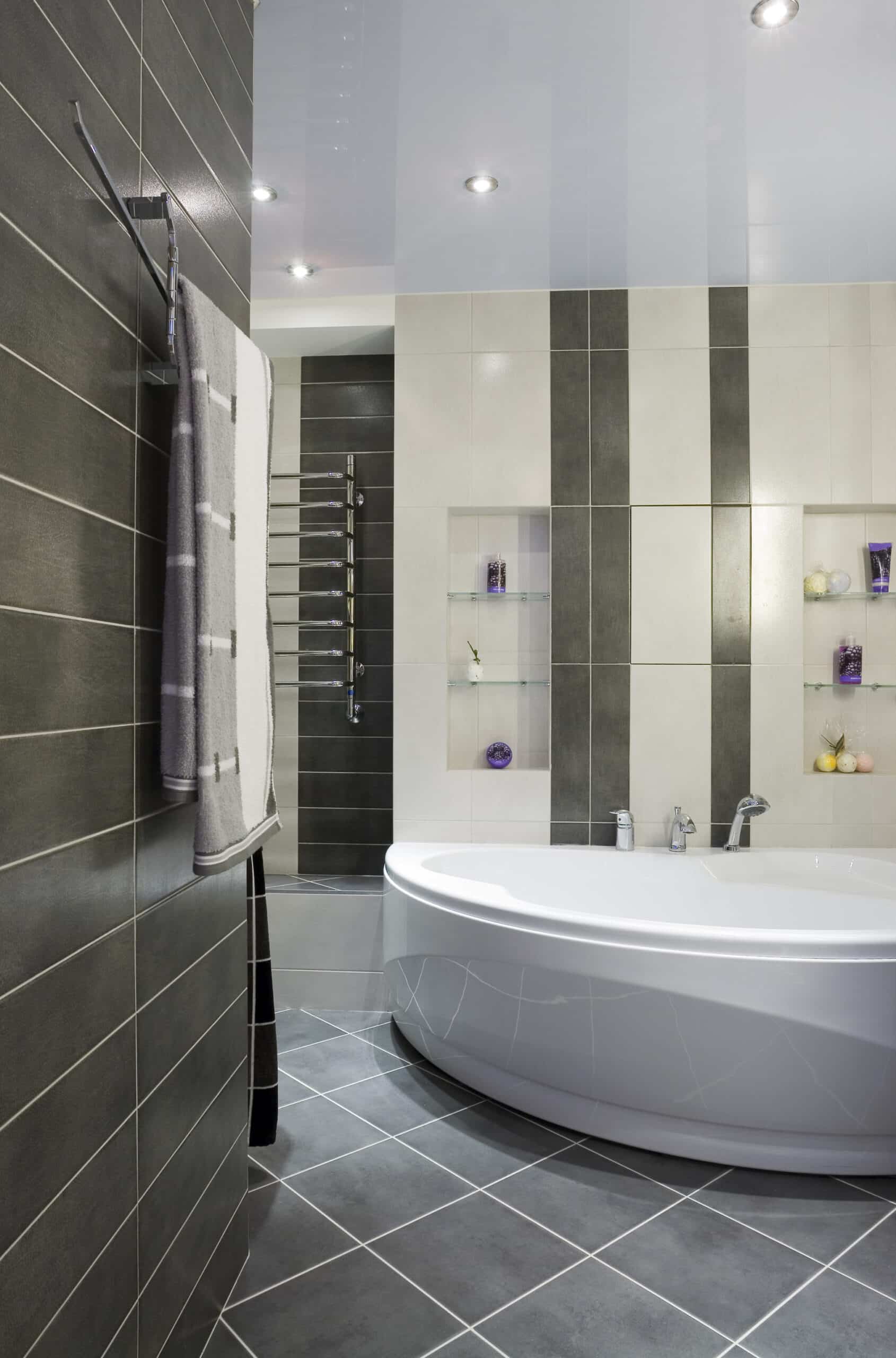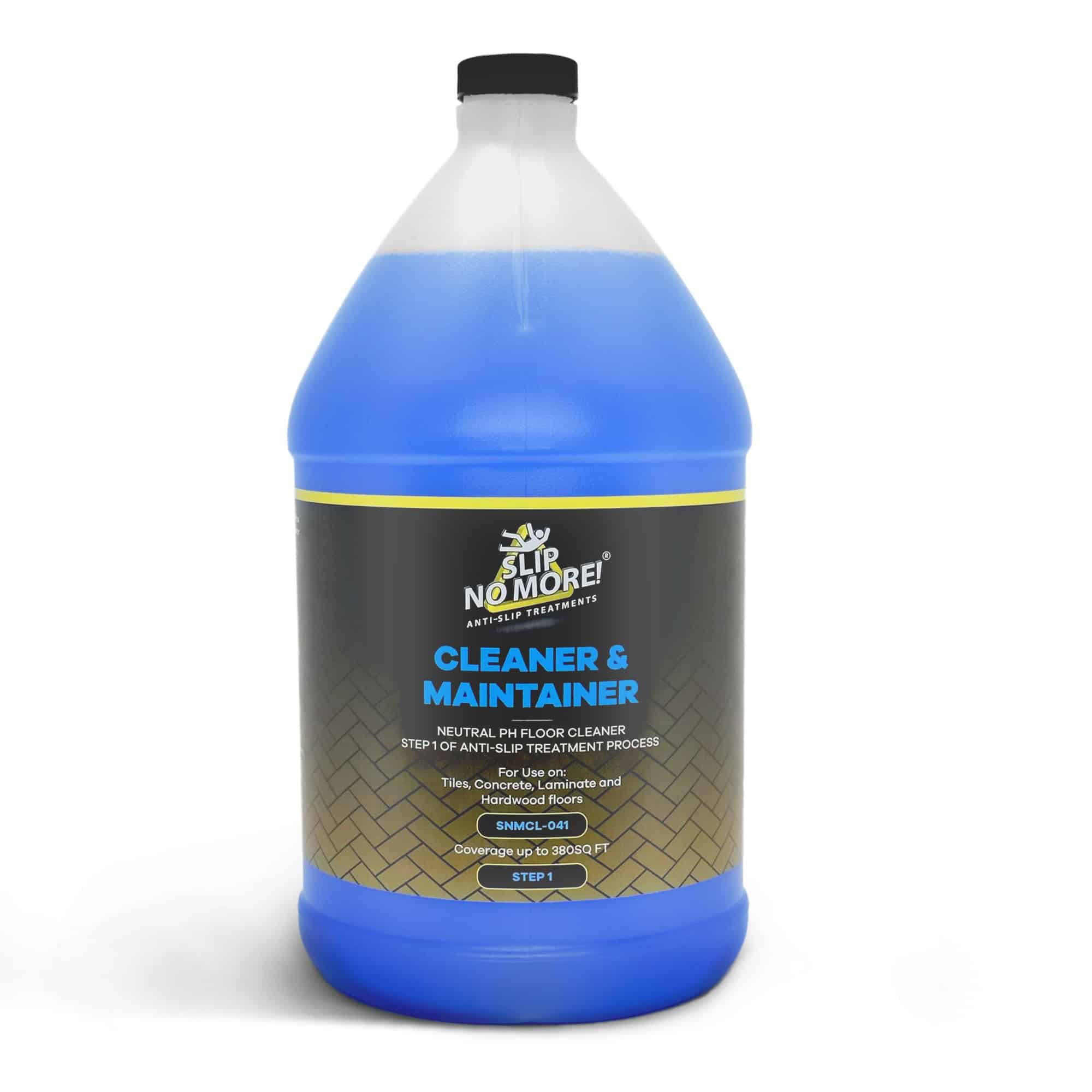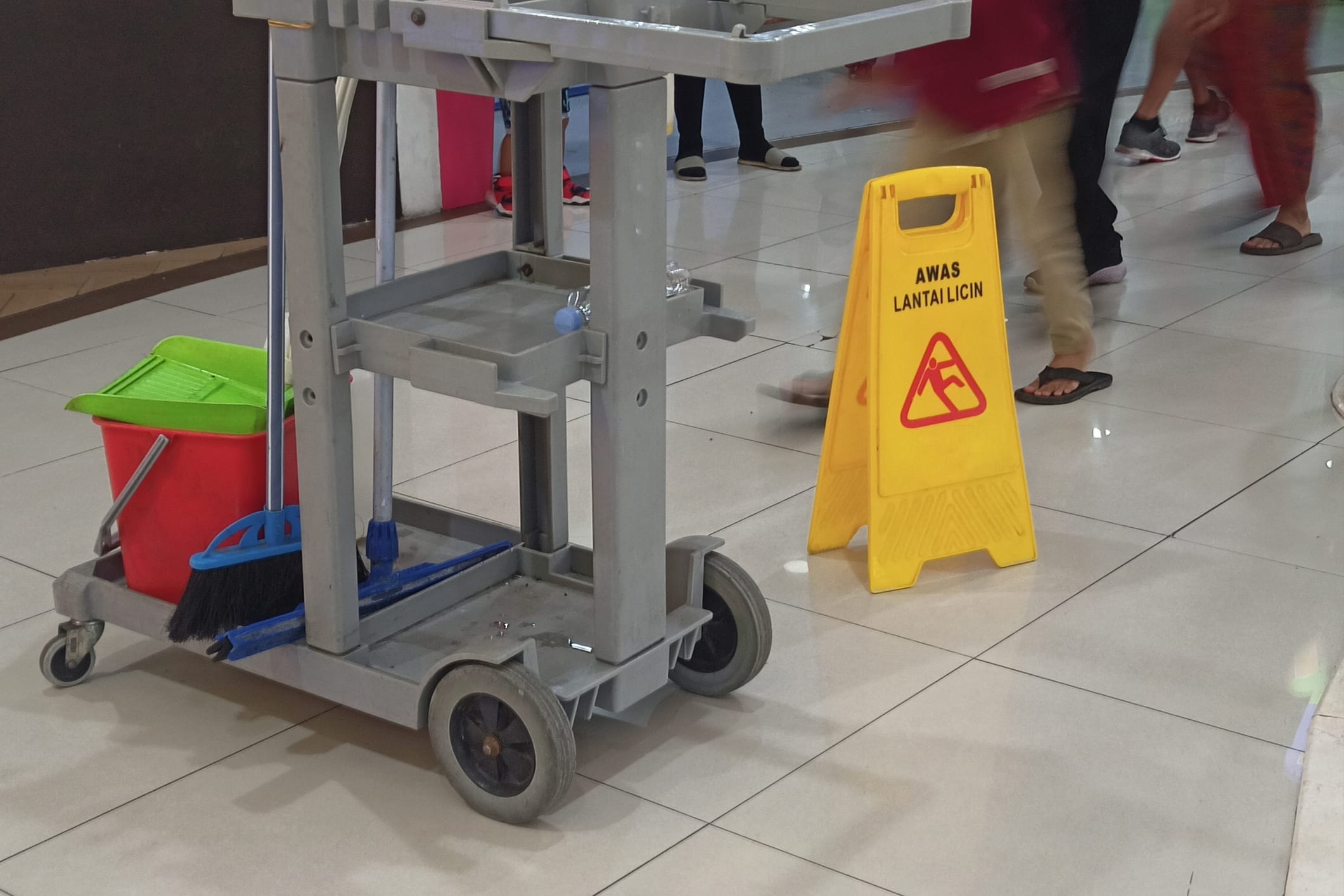Are you aware of the significant role that floor safety plays in keeping your home and workplace accident-free? Slip and fall accidents are all too common, and they can happen to anyone, anywhere. That’s why it’s crucial to prioritize floor safety to prevent potential injuries and create a secure environment for everyone.
When it comes to floor safety, awareness and prevention are key. Regular maintenance, proper cleaning, and freedom from hazards can significantly reduce the risk of accidents. Addressing these issues promptly can make a difference, whether it’s a spilled beverage, a loose rug, or uneven flooring.
Furthermore, implementing safety measures such as non-slip flooring, warning signs, and handrails can provide an extra layer of protection. This is particularly important in high-traffic areas or spaces with a higher risk of accidents.
So, whether you’re a homeowner or a business owner, understanding the importance of floor safety is crucial. By taking the necessary precautions and maintaining a safe environment, you can minimize the risk of accidents and ensure the well-being of your family or employees. Don’t overlook the importance of floor safety – an investment that can save you from unnecessary pain and expenses in the long run.
The importance of floor safety
When it comes to floor safety, awareness and prevention are key. Regularly maintaining, properly cleaning, and free of hazards can significantly reduce the risk of accidents. Addressing these issues promptly can make a difference, whether it’s a spilled beverage, a loose rug, or uneven flooring.
Slip and fall accidents can lead to severe injuries, ranging from sprains and fractures to head trauma and spinal cord injuries. In some cases, these accidents can even be fatal. The physical pain and emotional distress caused by such incidents can have long-lasting effects on the victims and their families. Additionally, the financial burden of medical bills, legal fees, and potential lawsuits can be overwhelming.
Common causes of accidents on unsafe floors
There are various common causes of accidents on unsafe floors that everyone should be aware of. One of the primary causes is slippery surfaces, which spills, wet floors, or inadequate cleaning can cause. Loose rugs or mats, especially when not properly secured, can pose a significant tripping hazard. Uneven flooring, damaged tiles, or loose floorboards are additional factors that can lead to accidents.
Moreover, poor lighting can contribute to accidents, impairing visibility and making it difficult to spot potential hazards. Lack of handrails on staircases or in high-traffic areas can also increase the risk of falls. Lastly, cluttered or obstructed walkways can impede movement and lead to accidents.
The consequences of accidents on unsafe floors
Accidents on unsafe floors can have severe consequences for individuals and organizations alike. For individuals, it can result in physical injuries, pain, and suffering, as well as emotional trauma. Recovery from such injuries may require extensive medical treatment, rehabilitation, and time away from work or daily activities.
For businesses, accidents on their premises can have legal and financial repercussions. Negligence in maintaining safe floors can lead to lawsuits, potential legal settlements, and damage to the company’s reputation. Additionally, workplace accidents can lead to decreased productivity, increased insurance premiums, and higher employee turnover rates.
Tips for maintaining safe floors at home
Maintaining safe floors at home is crucial to ensure the safety and well-being of your family members. Here are some tips to help you achieve this:
1. Regular cleaning: Regularly sweeping, vacuuming, and mopping your floors will help remove dirt, debris, and potential slip hazards. Use appropriate cleaning products for your specific flooring material.
2. Promptly address spills: Clean up any spills immediately to prevent slippery surfaces. Use absorbent materials like towels or mop up the liquid with a suitable cleaning agent.
3. Secure rugs and mats: Use non-slip rug pads or double-sided tape to secure rugs and mats to prevent them from slipping or sliding.
4. Repair damaged flooring: Address any uneven or damaged flooring promptly. Replace loose tiles or floorboards to eliminate tripping hazards.
5. Adequate lighting: Ensure proper lighting in all areas of your home, especially stairways, hallways, and entrances, to enhance visibility and prevent accidents.
6. Organize and declutter: Keep walkways clear of objects and clutter to allow for safe and unobstructed movement.
Implementing these practices will significantly reduce the risk of accidents at home and create a safer environment for your loved ones.
Tips for maintaining safe floors in the workplace
Maintaining safe floors in the workplace is equally vital to protect employees and ensure business continuity. Consider the following tips:
1. Establish safety protocols: Develop and implement clear protocols addressing floor safety. Train employees on these protocols and make them aware of potential hazards.
2. Non-slip flooring: Install non-slip flooring in areas prone to spills or high foot traffic. These flooring materials provide better traction and reduce the risk of slips and falls.
3. Warning signs: Place warning signs where immediate hazards, such as wet floors or uneven surfaces, cannot be immediately addressed. This alerts employees and visitors to exercise caution.
4. Handrails and guardrails: Install handrails and guardrails in staircases and elevated areas to provide stability and prevent falls.
5. Regular inspections: Conduct regular inspections to identify and promptly address potential hazards. This includes checking for loose tiles, damaged flooring, and other safety concerns.
6. Safety training: Provide comprehensive floor safety training to employees, educating them on the importance of proper footwear, safe walking techniques, and reporting potential hazards.
By implementing these strategies, businesses can create a safe working environment that prioritizes the well-being of their employees.
The role of proper flooring materials in floor safety
Choosing suitable flooring materials is crucial in maintaining floor safety. Different flooring materials have varying levels of slip resistance, durability, and maintenance requirements. Here are some standard flooring options to consider:
1. Non-slip tiles: These tiles provide better traction and reduce the risk of slips and falls. They are often used in areas prone to spills, such as bathrooms and kitchens.
2. Vinyl flooring: Vinyl flooring is known for its slip resistance and durability. It is a popular choice for high-traffic areas in both homes and workplaces.
3. Carpeting: Carpeting can provide added cushioning and reduce the impact of falls. However, to minimize tripping hazards, choosing low-pile carpets with non-slip backing is essential.
4. Epoxy flooring: Epoxy flooring is a durable and chemical-resistant option commonly used in industrial and commercial settings. It offers excellent slip resistance and is easy to clean.
Considering your home or workplace’s specific needs and requirements, consult with flooring experts to determine the most suitable flooring materials for your floor safety goals.
The benefits of using non-slip flooring solutions
Non-slip flooring solutions offer numerous benefits when it comes to floor safety. These solutions are designed to reduce the risk of slips and falls, providing a safer environment for residential and commercial spaces. Here are some key advantages:
1. Enhanced safety: Non-slip flooring solutions significantly reduce the risk of accidents by improving traction and grip. This is especially important in areas where spills or wet surfaces are standard.
2. Versatility: Non-slip flooring solutions are available in various materials, colors, and styles, allowing you to find an option that suits your aesthetic preferences without compromising safety.
3. Durability: Non-slip flooring materials are designed to withstand heavy foot traffic and resist wear and tear. They have a longer lifespan compared to traditional flooring options, offering excellent value for money.
4. Easy maintenance: Non-slip flooring materials are generally easier to clean and maintain. They resist stains and require less frequent deep cleaning, saving you time and effort.
5. Compliance with regulations: Non-slip flooring solutions often meet or exceed safety regulations and standards, ensuring that your home or workplace remains compliant.
Investing in non-slip flooring solutions is a proactive measure that demonstrates your commitment to floor safety and the well-being of those who use your space.
Floor safety training and education
Floor safety training and education are essential components of maintaining a safe environment. By providing employees and individuals with the necessary knowledge and skills, you can empower them to contribute to a safer space. Here’s how you can promote floor safety through training and education:
1. Training programs: Develop training programs that cover identifying potential hazards, safe walking techniques, and the importance of reporting incidents. Conduct regular training sessions to ensure all employees are updated with safety protocols.
2. Safety manuals and guidelines: Create comprehensive safety manuals and guidelines that outline floor safety procedures, emergency protocols, and reporting mechanisms. Make these resources easily accessible to employees and regularly update them.
3. Awareness campaigns: Launch awareness campaigns to educate employees and individuals about the importance of floor safety. Utilize posters, newsletters, and digital platforms to share safety tips and raise awareness about potential hazards.
4. Incentives and recognition: Encourage individuals to actively participate in floor safety initiatives by implementing incentive programs or recognizing their contributions. This fosters a culture of safety and encourages everyone to prioritize floor safety.
By prioritizing floor safety training and education, you empower individuals to take responsibility for their safety and contribute to a safer environment for everyone.
Floor safety inspections and audits
Regular floor safety inspections and audits are vital in identifying potential hazards and following safety protocols. Here’s how you can implement adequate inspections and audits:
1. Scheduled inspections: Establish a regular schedule for floor safety inspections. Assign designated individuals or a dedicated team to conduct these inspections at specified intervals.
2. Hazard identification: During inspections, carefully assess flooring conditions, lighting, handrails, and other safety features. Identify hazards such as loose tiles, worn-out flooring, or inadequate lighting.
3. Documentation: Document inspection findings, including identified hazards, recommended actions, and completion dates. This documentation helps track progress and ensures necessary steps are taken to address the identified issues.
4. Auditing compliance: Conduct periodic audits to evaluate compliance with safety protocols and assess the effectiveness of implemented measures. Use audit findings to make necessary adjustments and improve the floor safety program.
Regular inspections and audits create a proactive approach to floor safety, allowing for the timely identification and resolution of potential hazards.
Types of slip prevention products
Four main categories of injury prevention products increase the safety of your floors. When selecting slip-prevention products, always ask a specialist who can guide you. There are different types of slippery floors.
Anti-Slip Treatments: These products are the best defense against slippery tiles. They are a sure way to increase the safety of your tiles. Used indoors and outdoors, they last for years. An important note is that they only work on unsealed tiles.
Non-Slip Coatings: Perfect for high-traffic and low-traffic areas. Always choose the right product for your use.
Anti-Slip Tape: A versatile product that is used on stairs and ramps. Anti-slip tape is excellent indoors and outdoors and works on many different surfaces.
Cleaning and Maintenance Products: These products should be of the highest quality. Be sure to check the cleaning recommendations of the floor safety products that you have installed.
About Slip No More
With more than 15 years of experience in the slip-prevention industry, our products solve the problem of slippery floors in all areas. Specializing in floor safety, the company has become synonymous with reliable solutions for preventing slips and falls.
Slip No More offers various anti-slip products designed for different surfaces.
As part of our global expansion strategy, we actively engage with our audience on various social media platforms. Slip No More maintains a strong presence on platforms like Facebook, Instagram, Twitter, Linked In, and YouTube. We love connecting with customers and sharing valuable insights on safety measures. This strategic use of social media fosters brand awareness and allows us to interact directly with our diverse customer base.
If you found this article helpful, take a look at our related articles:
